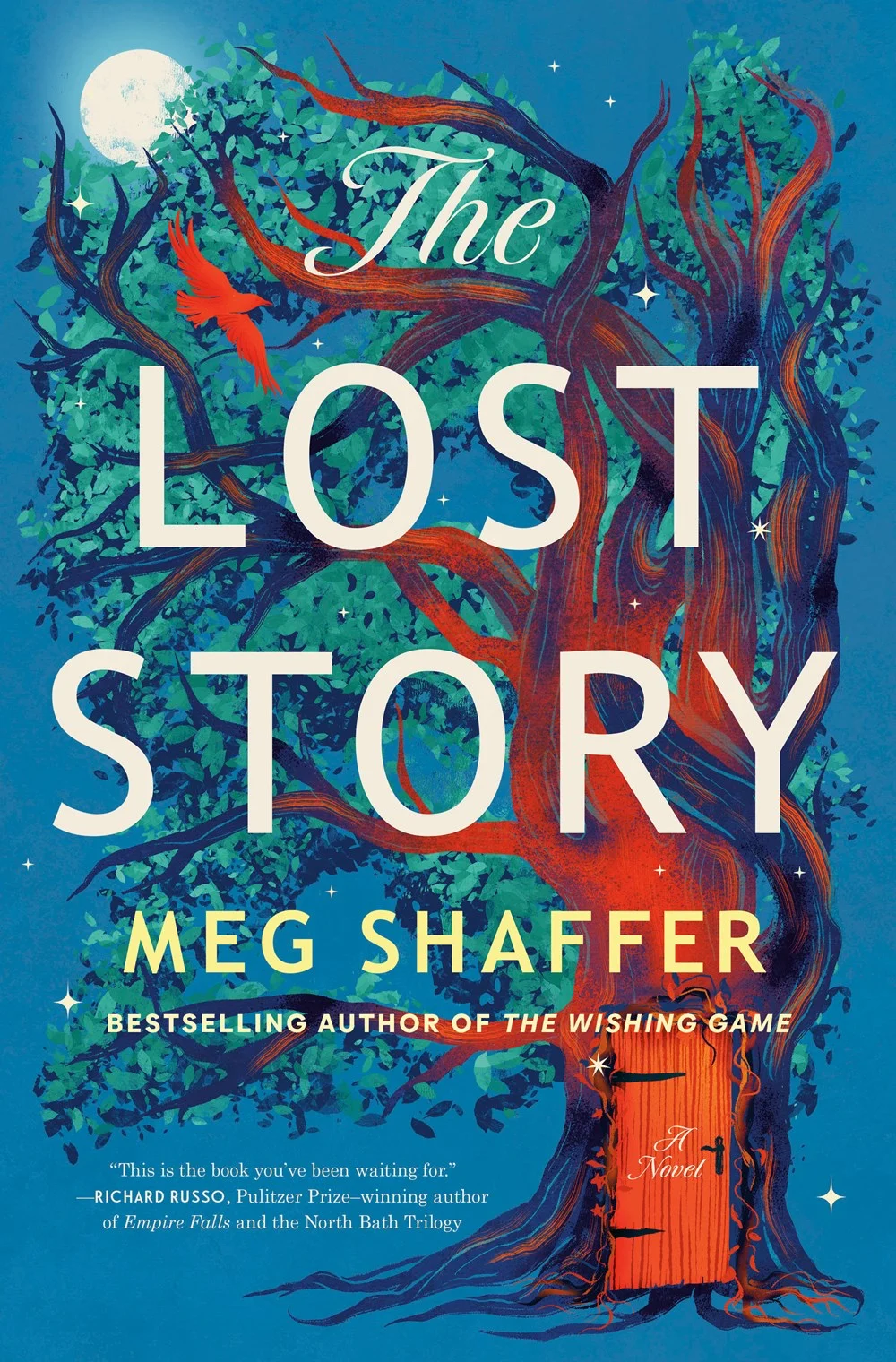An Introduction to ‘The Lost Story’
‘The Lost Story’ by Meg Shaffer offers a compelling narrative that can be considered a spiritual epilogue to C.S. Lewis’ ‘The Chronicles of Narnia.’ Through a blend of fantasy and reality, Shaffer explores the lives of two best friends, Jeremy Cox and Rafe Howell, who venture into a stretch of West Virginia wilderness known as Red Crow and come back changed forever.

The Mysterious Disappearance
As teenagers, Jeremy and Rafe disappeared for six months, only to return perfectly healthy with mysterious scars on Rafe’s back. This event left them with contrasting memories and emotional scars, leading to their estrangement over the years. Jeremy has become a skilled missing persons investigator, while Rafe, devoid of memory about their time away, lives as an artistic recluse.
Reigniting the Past
The story takes a compelling turn when Emilie Wendell seeks Jeremy’s help to find her birth sister who has also disappeared in Red Crow. Realizing the connection to their own past, Jeremy knows he cannot undertake this mission alone and must seek Rafe’s assistance. The novel elegantly encapsulates a profound tale of yearning, grief, and hope, with overarching themes heavily inspired by the fantastical elements of ‘The Chronicles of Narnia.’
A Tale of Transformation
‘The Lost Story’ raises thought-provoking questions about identity and transformation. Through Shaffer’s deft storytelling, we see Rafe’s subconscious urge to return to Red Crow and Jeremy’s guarded silence about their shared experiences. These elements, combined with the compelling meta-narrative, add layers of depth, making the story resonate as a modern-day fairy tale.
Meg Shaffer’s ‘The Lost Story’ is a beautifully woven tale that seamlessly integrates elements of fantasy and reality, urging readers to ponder the long-lasting effects of life-altering experiences. It offers a rich tapestry of perspectives, brilliantly balancing compassion with drama, and ultimately reassuring readers of a hopeful ending.